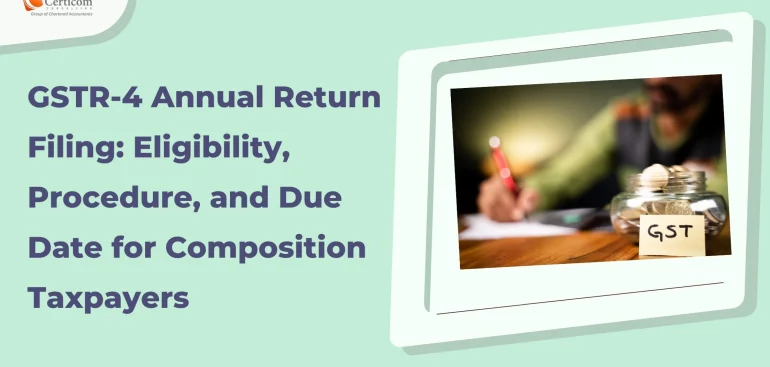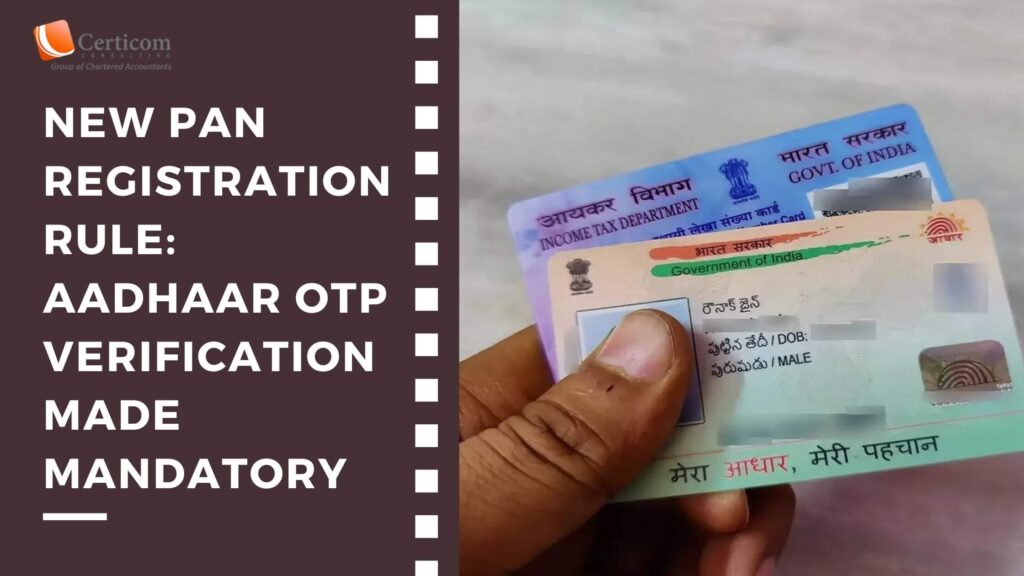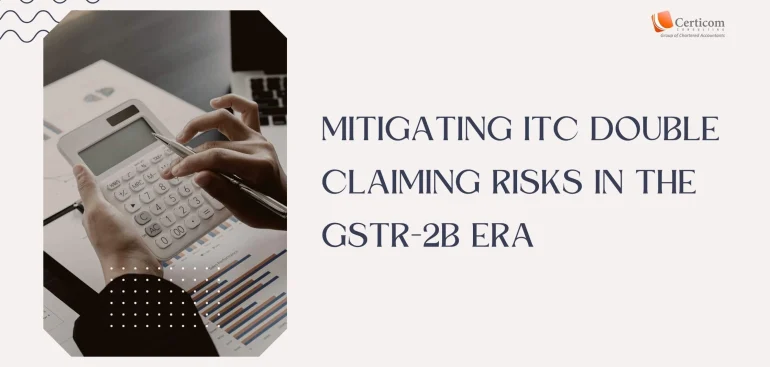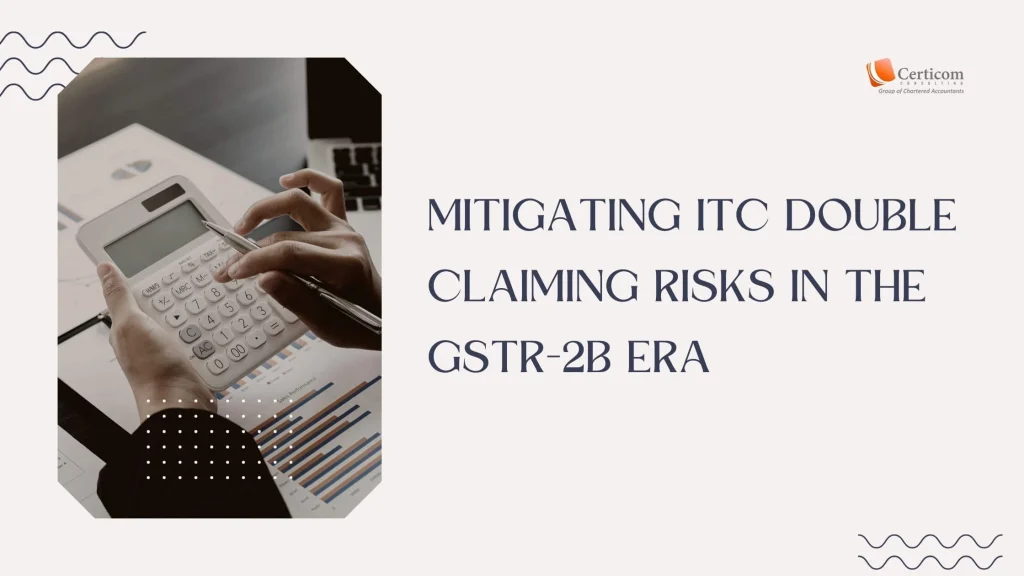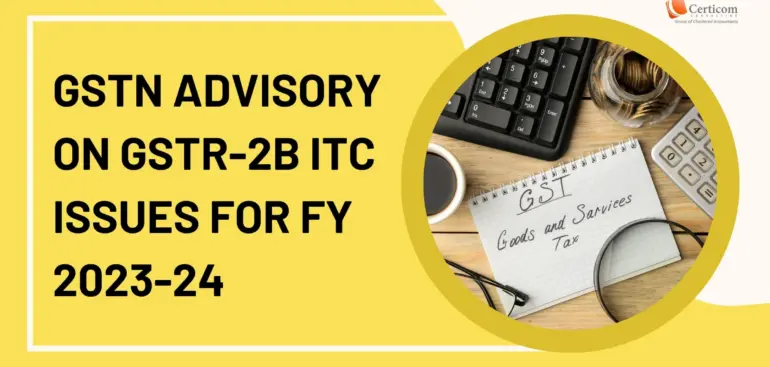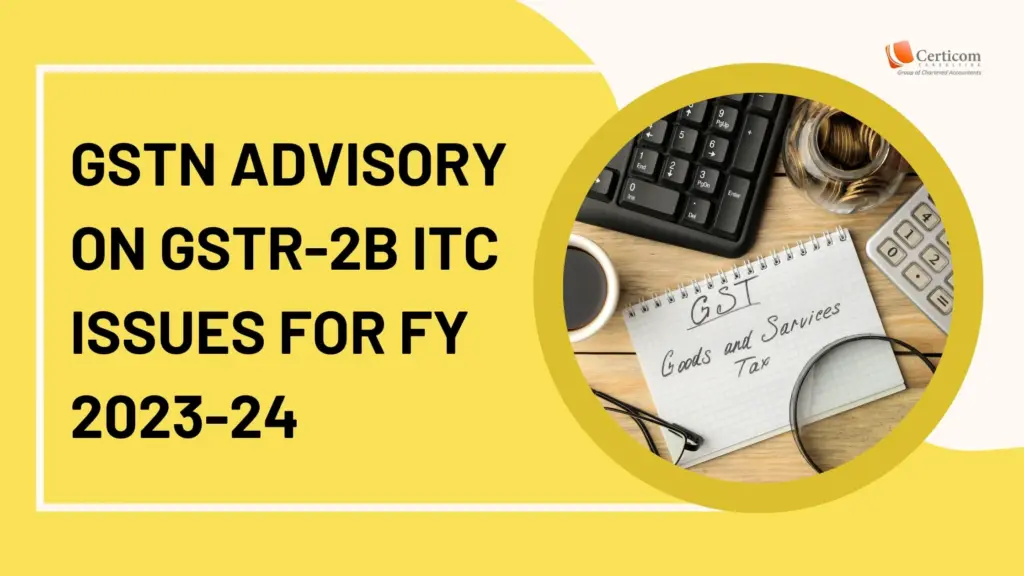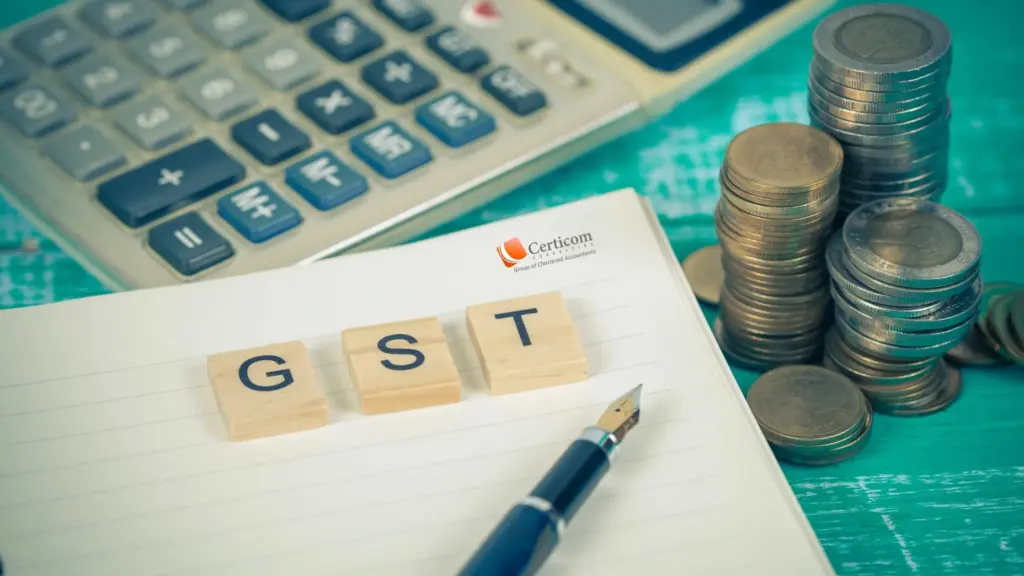GSTR-4 Annual Return Filing: Eligibility, Procedure, and Due Date for Composition Taxpayers
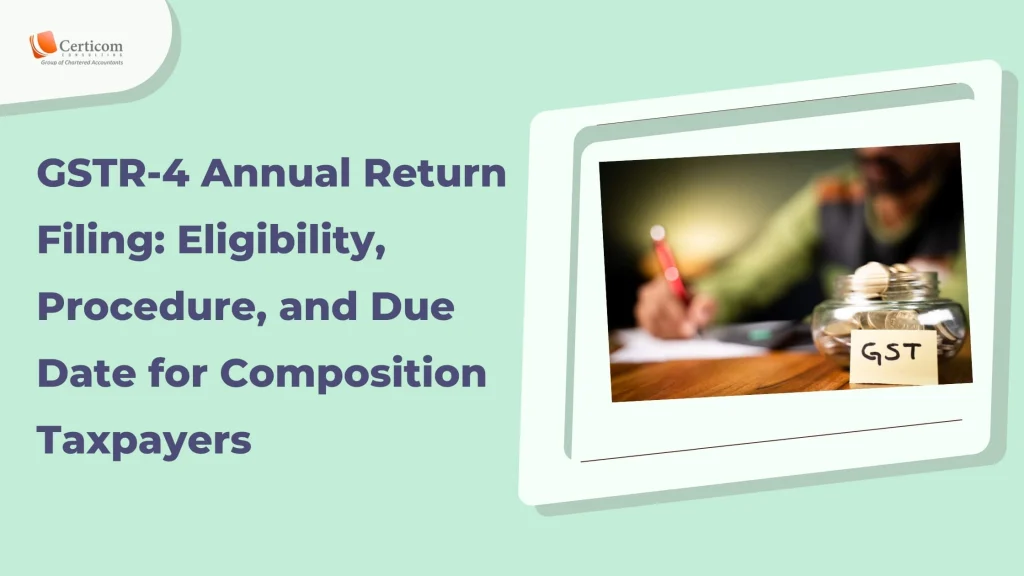
GSTR-4 is an annual return that must be filed by all taxpayers registered under the GST Composition Scheme. If you’re a small business paying GST at a fixed rate and looking for a simplified compliance process, this guide walks you through the entire online filing process for GSTR-4—from prerequisites and deadlines to step-by-step instructions and troubleshooting tips.
What is GSTR-4?
GSTR-4 is an annual GST return specifically designed for composition scheme taxpayers. Until FY 2018-19, it was a quarterly return. However, starting FY 2019-20, it became an annual return while tax payments continue to be made quarterly through CMP-08.
GSTR-4 includes:
Summary of quarterly CMP-08 filings
Inward supplies (purchases)
Outward supplies (sales, if any)
Taxes paid under the scheme
📌 Note: Once GSTR-4 is filed, it cannot be revised.

Latest GSTR-4 Updates
🔹 53rd GST Council Meeting – June 22, 2024
The due date to file GSTR-4 has been extended to June 30 for all future years, effective from FY 2024-25 onwards.
🔹 Amnesty Scheme – March 31, 2023
For taxpayers who missed GSTR-4 filings for FY 2017 to 2022:
Late fee capped at Rs. 500 (Rs. 250 CGST + Rs. 250 SGST)
Nil returns: No late fee
Who Needs to File GSTR-4?
You must file GSTR-4 if:
You’re registered under the Composition Scheme for any part of the year
You opted out of the scheme mid-year
Your GST registration was cancelled, but you had composition status before that
You had no business activity (must file Nil GSTR-4)
When to File GSTR-4?
Annual Due Date: 30th June following the end of the financial year
(e.g., For FY 2024-25, the due date is 30th June 2025)
When to File GSTR-4?
- Annual Due Date: 30th June following the end of the financial year
(e.g., For FY 2024-25, the due date is 30th June 2025)
Late Filing Penalty
| Type | Late Fee | Max Penalty |
|---|---|---|
| Regular Return | Rs. 200/day (Rs. 100 CGST + Rs. 100 SGST) | Rs. 5,000 |
| Nil Return | Rs. 500 total (as per amnesty/notification) | Rs. 500 |
Pre-Filing Checklist
Before filing GSTR-4:
Ensure you’re registered under the Composition Scheme
File all CMP-08 forms for the financial year
Keep turnover details of the previous financial year ready
Step-by-Step Process to File GSTR-4 Online
Step 1: Login to GST Portal
Go to 👉 www.gst.gov.in
Login using your credentials
Step 2: Navigate to GSTR-4
Services > Returns > Annual Return
Click on ‘File Annual Returns’
Step 3: Select Financial Year
Choose the relevant FY (e.g., 2024-25)
Step 4: Click ‘Prepare Online’
Read the on-screen instructions carefully
Step 5: Enter Turnover Details
Input aggregate turnover of the previous year. Enter “0” if there was none. Click ‘Save’
Step 6: File Nil GSTR-4 (If Applicable)
If no purchases or sales:
Tick ‘File Nil GSTR-4’
Click ‘Proceed to File’
Step 7: Fill Relevant Tables (if Not Nil)
Complete the following sections:
Table 4A: Inward supplies from regular dealers
Table 4B: Inward supplies under reverse charge
Table 4C: Supplies from unregistered dealers
Table 4D: Import of services
Table 5: CMP-08 summary (auto-filled)
Table 6: Outward supplies, if any
Table 7: TDS/TCS credit (auto-filled)
Step 8: Preview & Make Payments
Click ‘Proceed to File’
Download PDF/Excel preview
If needed, create a challan and pay via Electronic Cash Ledger
Step 9: File with DSC or EVC
Tick the Declaration
Select Authorized Signatory
File using DSC or EVC
Receive ARN confirmation via SMS/Email
Understanding GSTR-4 Tables in Detail
| Table | Description |
|---|---|
| 4A | Inward supplies from registered suppliers (regular) |
| 4B | Inward supplies under reverse charge |
| 4C | Supplies from unregistered suppliers |
| 4D | Import of services |
| 5 | CMP-08 summary (auto-filled) |
| 6 | Outward supplies and reverse charge summary |
| 7 | TDS/TCS credits (auto-filled) |
How to File Nil GSTR-4
Conditions:
No purchases, sales, or other liabilities
All CMP-08 returns are Nil
Steps:
Choose ‘File Nil GSTR-4’
Click ‘Proceed to File’
Sign and submit using DSC or EVC
✅ No late fee if filed before the due date

Common Errors and Fixes
| Issue | Solution |
|---|---|
| “Records under processing” | Wait and refresh page |
| Upload error | Avoid special characters, check internet |
| Saved data not visible | Use ‘Records per Page’ or Search |
| File not submitting | Ensure all tables are filled, check DSC/OTP |
Filing GSTR-4 is crucial for staying compliant under the Composition Scheme. Though it’s an annual return, quarterly CMP-08 payments are mandatory. If you qualify for a Nil return, the filing process is even faster.
Stay ahead of deadlines, avoid penalties, and always keep a copy of your filed return for your records.
Related Post
A Beginner’s Guide to E-Filing Income Tax Return for FY 2024-25
Faking Tax Deductions? You Could Be Penalised Up To 200% Under Income Tax Rules
Aadhaar OTP a Must for PAN Registration: New Income Tax Portal Rule
Book A One To One Consultation Now For FREE
How can we help? *


